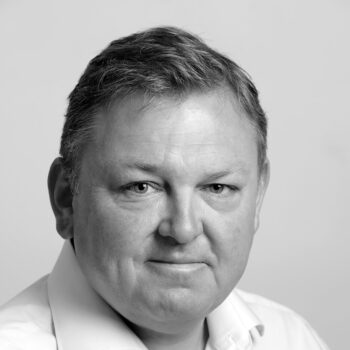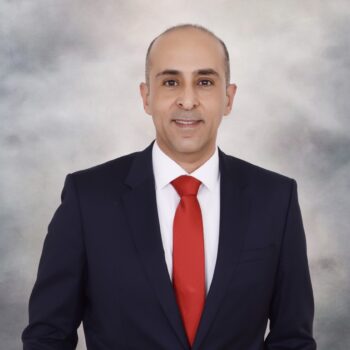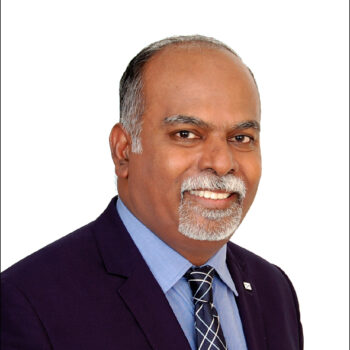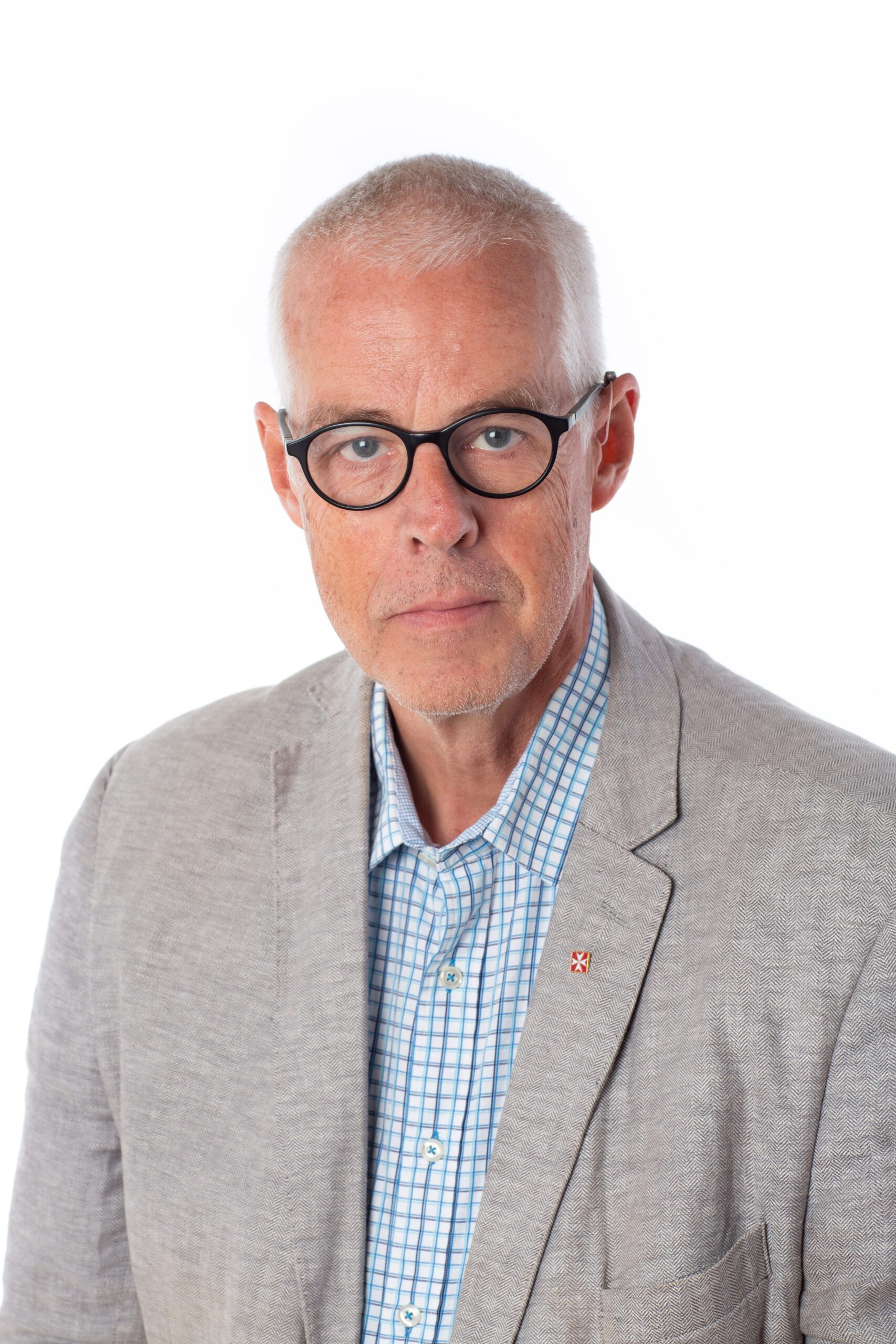Decarbonising of buildings and improving occupant health are part of a regional consciousness, backed by government regulation and an optimal atmosphere for product development, says Indu Revikumar, Features Writer, Climate Control Middle East
Given the frigid conditions and, lately, the demand for cool air in summers, the HVACR industry is vital in Scandinavia. The industry, in turn, has risen to the occasion through providing solutions for maintaining optimal indoor temperatures, proper ventilation and reliable refrigeration. And in providing all these, it has done so in as energy-efficient a manner as possible.
In recent years, the Scandinavian region’s governments have implemented various measures to promote sustainable and energy-efficient solutions, resulting in a shift towards reducing carbon footprint and low-power-consuming HVACR systems, and persuading the populations towards more sustainable practices, including the use of renewable sources of energy.
Whilst Scandinavia takes the lead in many government-related interventions, there is also the factor of aligning with what’s happening in the larger Europe region. A recent regulation relating to accelerating the deployment of renewable energy within the European Union came into force on December 30, 2022, in light of the fuel crisis engendered by the war in Ukraine and its impact on the EU’s energy supply and energy prices. The regulation – (EU) 2022/2577 – sets deadlines for permit procedures related to specific solar energy equipment, upgrading existing facilities for renewable electricity and installing heat pumps.
Matthew Dunk, Sales Director, Buildings, Middle East & Asia Pacific, of Denmark-headquartered Frese A/S, says: “There is no one solution to the energy crisis. European countries are adopting a mix of energy sources to reduce their dependence on fossil fuels. Whilst the fuel crisis with Russia has caused short-term cost issues, there is a long-term push by governments to phase out fossil fuels. There is also a significant focus on developing technologies that can harness renewable sources like wind, solar and hydropower. The goal is to reduce the usage of fossil fuels by 2050 through legally binding targets. This has opened opportunities to develop newer, more efficient technologies such as modern nuclear energy stations. The drive towards renewable energies is not just a response to the current fuel crisis but a long-term commitment to sustainability.”
Pointing to a landmark government intervention, Ziad Al-Bawaliz, Regional President, Danfoss Turkey, Middle East and Africa, says that Scandinavian countries follow the F-Gas Regulation, as is the case for the rest of the European Union. “The F-Gas Regulation stipulates a phase-down of HFCs, meaning that refrigerants with a high Global Warming Potential (GWP) are particularly under pressure,” he says. “It also sets specific GWP limits, driving the market towards low-GWP and natural refrigerants in certain applications. Currently, the F-Gas Regulation is being revised. We will certainly see a further push toward natural and ultra-low-GWP refrigerants.”
Hans-Olof Karlsson Hjorth, Expert in Sustainable Construction and Energy, Boverket – National Board of Housing, Building and Planning, Sweden, is representative of the mindset and green consciousness of European governments, including those in Scandinavia. He says the Scandinavian countries, either as a part of the Union or as having special agreements with the Union, are obliged to follow the directives and regulations from the Union. “As it is the national competence to write the construction codes, the different countries within the Union regulate what demands could be put on the distinct functions in the building, such as fresh air or cooling,” he says. The Nordic/Scandinavian countries, Finland and Iceland, have a long-standing relationship of working closely with each other, he says. And the Scandinavian Federation of Heating, Ventilation and Sanitary Engineering Associations in Denmark, Finland, Iceland, Norway and Sweden (SCANVAC); has jointly collected the regulations and guidelines for ventilations applicable in the different countries, he adds.

Matthew Dunk
Dunk speaks of a global focus on reducing energy consumption and achieving net-zero-carbon emissions. “It is particularly sharp in Europe and Scandinavia, due to strict government regulations,” he says. “Currently, most products are manufactured and designed, focusing on energy efficiency. There is also heightened importance for innovative energy-efficient solutions in the GCC region, emphasising maximising Delta T in buildings. We also work with District Cooling companies in the UAE and Qatar to enhance energy efficiency and maximise Delta T in their systems.”
Dunk says the construction industry in the GCC region is experiencing a shift towards sustainability and eco-friendliness, and it is evident from the increased use of green building materials and the incorporation of energy-efficient solutions. Additionally, he says, construction projects also focus on social responsibility and community impact. These trends are essential for the long-term success and profitability of the companies, and for the wellbeing of the environment and society.

Ziad Al Bawaliz
Underlining the oft-reported Danish reputation for energy efficiency measures and the impact of building codes on energy performance, Al-Bawaliz says: “As a Danish company, we (Danfoss) strive to set a benchmark in our field and engineer tomorrow to build a better future, in line with Denmark’s efforts to promote sustainability. Denmark has worked with energy efficiency measures since the 1970s, and in the 1980s, the Danish GDP increased by over 80% without increasing domestic energy consumption. The Danish Building Code, BR18, contains regulations regarding the energy performance related to major renovations of buildings. Stricter standards stimulate demand for even better solutions for energy efficiency in buildings. We also help our customers decarbonise through our products and solutions, providing value in an intelligent and cost-efficient way.”
The Scandinavian countries strongly commit to sustainability and energy efficiency, with a greater emphasis on green building practices and the use of renewable energy sources. Furthermore, there is also heightened importance for a healthier and safer indoor environment in the post-pandemic phase. Dunk notes: “As a global manufacturer of energy-efficient valves and controls, we experienced record-breaking success from 2018 to 2021, and the company achieved unprecedented growth. The key to our success has been the focus on energy-efficient solutions and the ability to control the entire production process in-house. With 80 years of experience, Frese has its own R&D and production facilities, allowing us to tackle supply chain issues by relying on our in-house processes in Denmark and maintaining our products’ quality.”
Sharing a similar perspective, Bawaliz says: “In 2022, despite challenges, Danfoss saw robust growth across all regions and segments, with sales reaching 10.3 billion euros, up 36%, and organic growth up 15%. This success highlights the growth potential in sustainable products and solutions that meet global climate goals. We launched a green growth strategy in April 2022, focusing on sustainability, ESG, decarbonisation, circularity, diversity, equity and inclusion.
Saravanan Panneer Selvam, Senior Regional Sales Director, responsible for the Commercial Building Service business in IMEA, Grundfos, echoes the state of preparedness and resilience when he says: “The pandemic has taught us to manage the business and our teams remotely without losing the agility to wade through rough weather. Post-pandemic, the challenges dealt with are stress, travel and get-together expectations and the ones related to cost management. Though the fears of a recession are fading away, with some major economies showing signs of recovery, it cannot be written off entirely. We need to be prepared for challenging market conditions. Employee motivation is the key.”

Saravanan Panneer Selvam
Saravanan adds that the company’s customers in the GCC region are always open to newer technologies with value propositions. With increasing awareness and focus on ROI, people are willing to accept a higher price tag, considering medium- or long-term gains. “Our innovative products, like IE5 motors and Magna 3, help our customers reduce energy consumption and carbon footprints,” he says. “We are even looking at different business models to reduce the customer’s initial investment to contribute towards environmental protection and saving money and energy.”
Adding to the GCC region narrative, Dunk says that like Europe, where there is an emphasis on considering the lifecycle cost of a project rather than just the capital cost, driven by legislation and a desire to reduce long-term operational costs, the Middle East also focuses on initiatives such as District Cooling, driven by legislation and a need to optimise expensive systems. “Energy-efficient buildings do not necessarily cost more, but we need to re-evaluate how we cost buildings, considering lifecycle costs rather than the initial capital outlay,” he adds.
The retrofitting drive
Dunk points out to how around five years ago, most of the company’s projects were new buildings and that only 10% accounted for retrofitting. “However, in 2023, we estimate that 40% of our projects are retrofitting projects, while the remaining 60% are new buildings,” he says. “When we talk about retrofitting, we refer to existing buildings constructed 25-30 years ago and requiring upgrades to improve their energy efficiency and building performance. With advancements in technology, there is a growing demand to enhance the performance of these buildings. In places like Dubai, many large shopping malls have never functioned optimally, leading to an increased appetite to upgrade the systems and improve occupant comfort and energy efficiency.” Dunk highlights how two of the company’s senior team members in the GCC region have recently become certified energy managers to help with these types of projects. “We conduct energy studies and surveys to identify areas where improvements can be made to existing buildings performance,” he says.
Echoing Dunk, Bawaliz speaks on the strong nature of the retrofit market in the region. Dubai, he points out, has a serious target for retrofitting existing buildings to reduce the energy intensity of 30,000 buildings by 2030. As a leading energy savings entity, he says, Etihad ESCO is on a mission to make Dubai’s built environment a leading example of energy efficiency for the region and the world. Saudi Arabia, he points out, is on the same path with Tarshid as the National Energy Services Company to catalyse the development of a more energy-efficient Saudi Arabia.
 Saravanan says that in the region, 5-6% of Grundfos’ assignments are retrofitting-related, adding that retrofitting, as an activity, possesses immense potential. “Most of these assignments aim to improve energy efficiency and overall product/system performance,” he says. “For instance, Science Based Target initiative (SBTi) concept is gaining momentum in this region, and more and more corporates are stepping in to contribute to a better environment. Measuring the success of these initiatives is the key and remains a reasonable challenge at this point. Organisations in different walks of business have diverse ways to measure, which offer tremendous opportunities for business growth for us in the GCC region.”
Saravanan says that in the region, 5-6% of Grundfos’ assignments are retrofitting-related, adding that retrofitting, as an activity, possesses immense potential. “Most of these assignments aim to improve energy efficiency and overall product/system performance,” he says. “For instance, Science Based Target initiative (SBTi) concept is gaining momentum in this region, and more and more corporates are stepping in to contribute to a better environment. Measuring the success of these initiatives is the key and remains a reasonable challenge at this point. Organisations in different walks of business have diverse ways to measure, which offer tremendous opportunities for business growth for us in the GCC region.”
By way of giving a flavour of retrofitting activity in Scandinavia, Hjorth says that about three per cent of the Swedish housing stock is undergoing major renovation yearly. “Ninety-four per cent are untouched,” he says. “It could be much better, and the future revision of the EPBD has some harsher regulations around the corner for this 94%.”
Shift in focus towards Saudi Arabia, Egypt
Saravanan says that Saudi Arabia and other oil-based economies are bound to grow exponentially in the coming years, providing many opportunities for HVACR companies in the GCC region. Being closer to the market and easily reachable will play an essential role in the strategy of any organization, he says. “Since the cost effect is the same for similar organisations in business, to provide the products and knowledge within the region, we expect the competitiveness to continue to be similar in the market elsewhere,” he says. “Any growing organisation may need to pay attention to a market like Saudi Arabia, announcing various strategic projects.”
Dunk is equally upbeat about Saudi Arabia. While Qatar has reportedly experienced good growth in the past decade, with a focus on the FIFA World Cup, Saudi Arabia looks to be the place that will boom in the next 10 years, Dunk says. “However, some mega projects are still in their early stages and require more detail,” he says. “The focus also shifts from the UAE and Qatar to Saudi Arabia and Egypt. European companies consider Egypt part of their Middle East region and have seen a surge in mega projects in the last few years.” Dunk says that although Saudi Arabia offers exciting opportunities in the next few years, it is important to note that there are still challenges to overcome in other regions. Nonetheless, he adds, companies should remain focused on staying updated with the latest developments and leverage them to improve efficiency and productivity to stay ahead of their competitors.
Copyright © 2006-2025 - CPI Industry. All rights reserved.